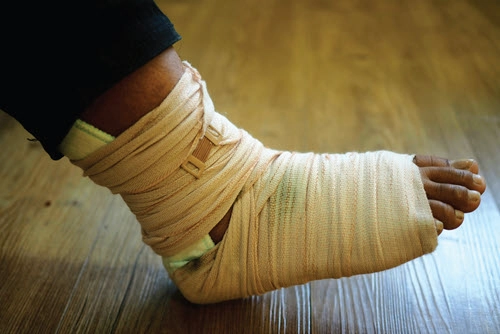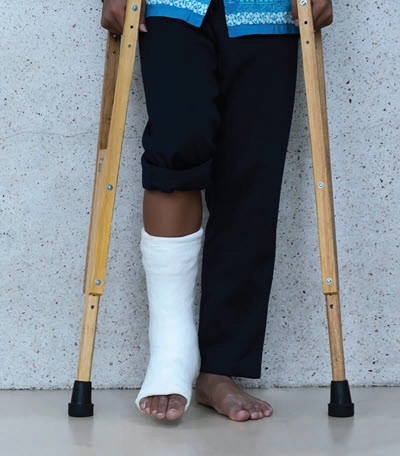Breakdown Traumatic Fracture Coding With These 5 Rules
Tip: Remember that you may need a seventh character on your ICD-10-CM code. You know that a fracture isn’t just a fracture: The injury may be traumatic, open or closed, displaced or not displaced. Use these five rules when you’re combing a patient’s medical documentation so you can know which specific information to note when coding a traumatic fracture. Rule 1: Distinguish Traumatic Fractures A fracture is considered traumatic when it is caused by some type of accident, fall, or other kind of force, such as when a heavy object strikes a patient. For traumatic fractures for podiatry patients, you should look to categories S82- (Fracture of lower leg, including ankle) and S92- (Fracture of foot and toe, except ankle) to choose the appropriate ICD-10-code for the diagnosis. Example: A patient was in a car accident and suffered from a closed, displaced fracture of the first metatarsal bone in his right foot. For this particular example, for the initial encounter, you would report S92.311A (Displaced fracture of first metatarsal bone, right foot, initial encounter for closed fracture). Rule 2: Differentiate Open Fractures From Closed One of the important details you will need to look for in the medical documentation for traumatic fractures is whether your podiatrist worked on a closed or an open fracture. Closed fracture defined: A closed fracture involves a bone break that has not penetrated the skin. So, if there is no evidence of a breach of the skin in the encounter notes, you likely have a closed fracture claim on your hands. Open fracture defined: On the other hand, an open fracture occurs when the bone has punctured through the skin or there is a significant break in the skin directly over the fracture site — not an abrasion or superficial laceration. Don’t miss: If the medical documentation does not specify whether the traumatic fracture is open or closed, you should report it as closed, according to the ICD-10-CM Official Guidelines for Coding and Reporting. Rule 3: Know Whether Traumatic Fracture is Displaced Another important detail you should check for in the medical documentation is whether the patient’s traumatic fracture is displaced or not displaced. If the patient’s medical documentation does not indicate if his traumatic fracture is displaced or not displaced, you should code it as displaced, according to the guidelines. Definition: For a displaced fracture, the bone snaps in two or more places and moves so that the two ends are not in their normal alignment. On the other hand, in a non-displaced fracture, the bone cracks either part or all the way through, but it maintains its proper alignment and has not moved from its normal position. Rule 4: Remember Appropriate 7th Character for Category S92- For codes in category S92-, such as the calcaneus fracture codes, you must choose a seventh character. This seventh character indicates the specific type of patient encounter. For example, your seventh character choices for the initial encounter of a calcaneus fracture (S92.0XX-) include: For subsequent encounters for calcaneus traumatic fractures, you would turn to: For a sequela, late effects of an injury, you would turn to S (Sequela). Example: If the podiatrist treats a displaced, closed fracture of the anterior process of the left calcaneus, and this is an initial encounter, you should report code S92.022A (Displaced fracture of anterior process of left calcaneus, initial encounter for closed fracture). Rule 5: Note Various 7th Character Options for Ankle Fracture Choosing the appropriate seventh character for ankle fracture encounters, (category S82-), can be complicated because you have so many different choices. Take a look at this seventh character list of ankle fracture code options. These are the open fracture designations, which are based on the Gustilo open fracture classification: Also, for closed fractures, you have the following seventh character choices: Finally, for sequela, you would use S – (Sequela). Example: The patient has a displaced bimalleolar fracture of the right lower leg. This is an initial encounter, and the podiatrist documents that the fracture is type IIA. You should report code S82.841C (Displaced bimalleolar fracture of right lower leg, initial encounter for open fracture type IIIA, IIIB, or IIIC) in this case.





